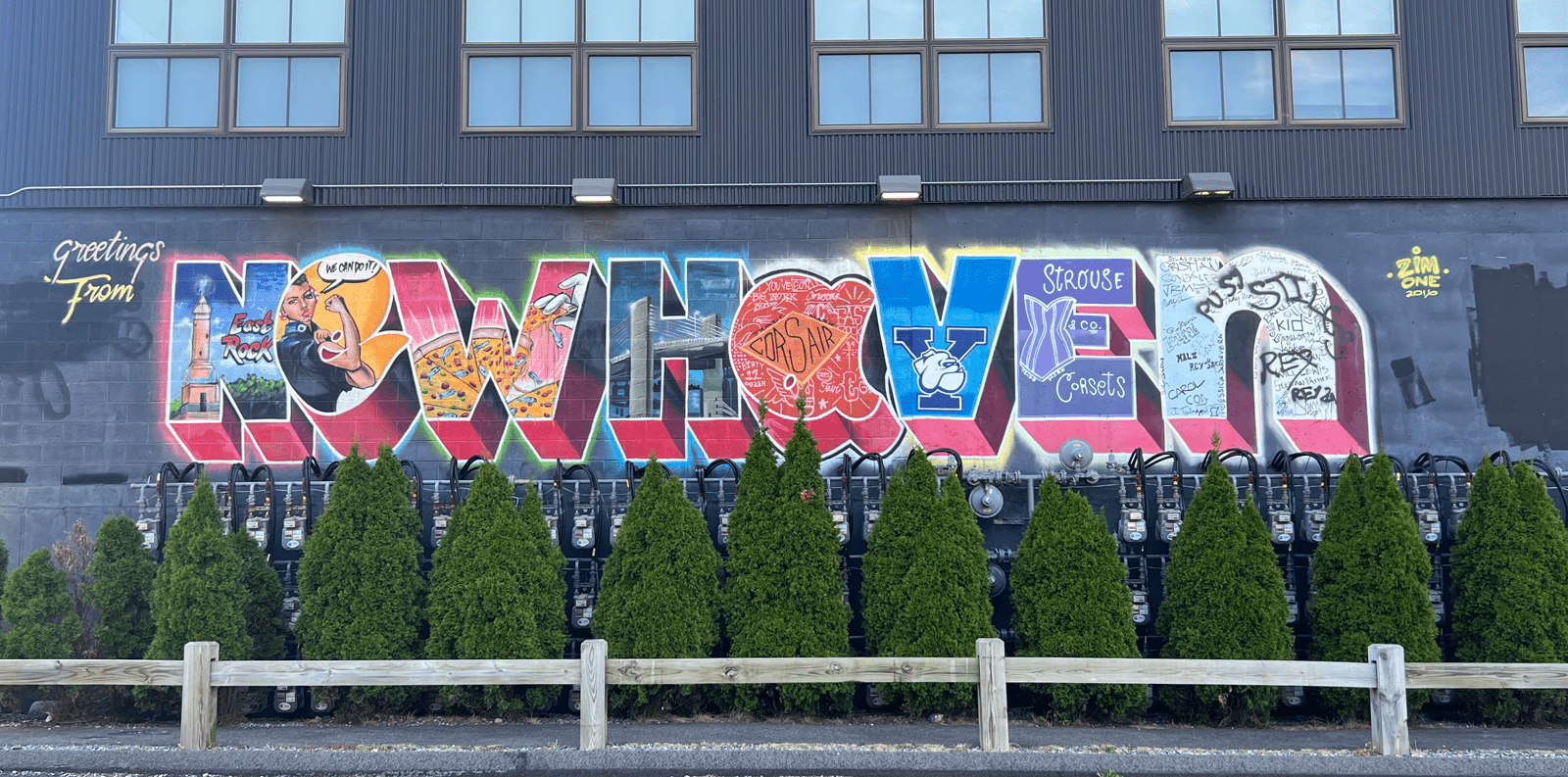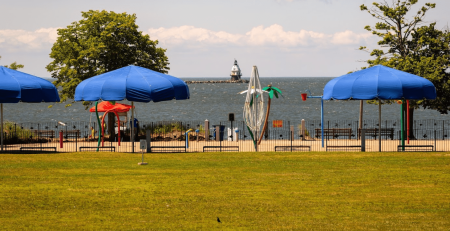Back in 1638, a group of English Puritans boarded a ship dubbed “The Hector,” and set sail for the future. They arrived in the heart of the New Haven harbor and settled into what was then known as Quinnipiac. Just two years later, the town of Quinnipiac was given a new name – New Haven. The moniker, which stemmed from an English maritime village, reflected the residents’ hopes for their new home. New Haven would be just that, a new haven for immigrants in search of a new life, religious freedom, and prosperity. That legacy held firm for centuries, seeping into the soil and growing upwards through the branches of abundant elm trees, continuing to welcome folks from across the globe in search of a new life, a fresh start, a true haven.
Since then, New Haven has become known for other things, newer things. Perhaps best known as the home to Ivy-League Yale University and its famous Neapolitan-inspired style of ‘apizza,’ New Haven is a place that inspires innovation, playing a fundamental role in major advances to medicine, science, and technology. Since 1638, New Haven has collected countless “firsts,” including becoming the first city in America to be planned on a grid system. We’re also home to the first pedaled bicycle, the first clinical use of penicillin, and the first lollipop. Innovation is what we do – that and serve up the best pizza you’ll taste in your lifetime.
Let’s take a look back at what puts the “new” in New Haven.
1641: New Haven Becomes the First Planned City in America
Thanks to John Brockett’s nine-square plan, inspired by Roman city planner, Vetruvius’ concepts for design, New Haven became the very first “planned city in America.” Based on the innovative grid layout and following the traditions of old English custom, the 16-acre central square, now called the Green, still serves as a public common area today.
1790: New Haven Launches the First City-Wide Beautification Program
As part of the first city wide beautification program in the nation, James Hillhouse began planting elm trees in New Haven. Fun fact: New Haven’s longtime nickname, “The Elm City” is inspired by the city’s roots as the first city to adopt a public tree planting program in America. With hundreds of elm trees lining the streets and the Green, it creates a beautiful leafy canopy of shade. And if you ever find yourself driving through the state, you’ll come to notice that almost every town has an Elm Street or Elm Avenue, named after the popular trees.
1793: The First Cotton Gin is Invented in New Haven
A key innovation during the Industrial Revolution, American inventor Eli Whitney invented the first cotton gin in New Haven, the machine that separated the plant’s seeds from the fibers used to create fabric. Upon graduating from Yale University in 1792, Whitney maintained a focus on manufacturing and toolmaking, which truly defined New Haven’s economy through the 19th and the first half of the 20th century.
1866: The First Bicycle Takes its Maiden Ride in New Haven
The first pedaled bicycle was patented by a Frenchman named Pierre Lallement, who is believed to be the first to pedaled from his home in Ansonia to New Haven by bicycle. This historic moment changed the way of transportation forever and placed New Haven at the epicenter of cycling history with his two-wheeled contraption he called a “velocipede.” As of today, New Haven is a Bronze-level Bicycle Friendly Community, with an impressive and ever-growing network of bike lanes, trails, and paths to explore.
1896: The First X-Ray Is Created in New Haven
In 1896, American physicist Arthur Williams received his first Ph.D. in Physics at Yale University and produced the country’s first x-ray photograph to obtain results. Only a few years later, Williams returned to Yale as a Professor of Molecular Physics and Chemistry and established the first laboratory in the country dedicated to physics research, the Sloane Physics Laboratory, which still exists today.
1892: The Lollipop Sweetens Up New Haven
George Smith, co-owner of Bradley Smith Candy Co., a local confectionary in New Haven, was the first to coin the term “Lolly Pop.” The company, the first to apply the hard candy to a stick, started producing its first Lolly Pops in 1908. Following the invention of the machine that automated the lollipop-making process, the company produced a whopping 750 Lolly Pops a minute, selling for only a penny from the United States across the pond to England as well as China.
1895: New Haven Serves the First-Ever Hamburger Sandwich
Believe it or not, Louis Lassen, owner of Louis’ Lunch in New Haven, is credited with inventing and serving the first hamburger and steak sandwich in the United States. Established in 1895, Louis’ Lunch’ is still open today – serving up the nation’s very first classic hamburger.
1942: The First Clinical Use of Penicillin in New Haven
The first dose of penicillin was administered at Yale New Haven Hospital to Anne Miller, a patient dying of septicemia who then became the first life saved from the new antibiotic. The clinical study opened the door to the large-scale production of penicillin and more widespread experimentation in the field of medicine, becoming the most effective life-saving drug in the world and saving nearly 200 million lives as of today.
As time rolls on, New Haven continues to evolve, paving the way forward in culinary innovation, arts and sciences, and cutting-edge technology. As a community, we continue to value the newness of life, the fresh starts, the tomorrows. And with every new visitor, another New Haven “first” is made.












